Being a creative used to be a bit of a side eye profession, like, “aww, that’s cute but what’s your real job?” Now? Everyone wants in. Creative Director is the new dream. Everyone and their nan’s dog has a Canon, a tripod and a TikTok strategy. But somewhere between aesthetic planning apps and PR gifting, we need to stop and ask: is this actually better than the grind we tried to escape?
Because here’s the thing... Yes, the 9-5 life isn't for everyone. The system has never really worked for artists, dreamers or anyone neurospicy trying to build a life outside the box. But creative culture is morphing. What started as freedom and authenticity is now often a constant performance of value. You’re not just creating, you’re branding, selling, negotiating, editing, captioning and somehow expected to do it all for “access” and “vibes.”
And now there’s this growing expectation that products, experiences, even travel should be handed out for free in exchange for a reel or a story. It’s like: “Can I come to your show for free if I tag you in an Insta carousel?” or “Do you want to send me that jacket and I’ll ‘shout you out’?” Not only does that devalue the product—it devalues the work behind it. The work of the designer, the seamstress, the producer, the entire team that made it possible.
It’s giving “exposure dollars,” but rebranded with glitter and filters. And weirdly, it might be even worse than fast fashion. Because at least with fast fashion, people paid... Too little, yes, and at great human cost—but there was still some acknowledgment of monetary value. In this new content economy, people think a like, comment and story mention replaces fair exchange. It’s vibes over value. A shout-out over sustainability. Clout over craft.
And the worst part? Brands are leaning into it. They’re slashing marketing budgets and replacing paid campaigns with “creator seeding.” Even legacy companies are prioritising who can generate the most clicks, not who actually understands or respects the product. This isn’t just changing the industry, it’s eroding it from the inside.
So is content creation becoming a bigger monster than fast fashion? It might be. Because it’s built on the same logic: scale over sustainability, visibility over value, and the belief that something is only worth what it can get you online. And if we don’t clock it now, we risk building a creative economy that exploits in even sneakier ways.
This isn’t to say content creation is evil. Done well, and respectfully, it’s powerful. It amplifies unheard voices. It documents culture. It gives working-class and marginalised creatives a shot at building something on their own terms. But there’s a line between collaboration and entitlement. Between celebration and consumption. And right now, the line’s looking blurry AF.
So maybe it’s time to check ourselves. To bring back value to what we make. To pay each other properly. To stop expecting free things just because we have followers. To realise that creativity is currency, yes—but not in place of actual payment.
Because if we don’t? We’re just swapping one exploitative system for another. Only this time, we’re smiling for the camera while it happens.

